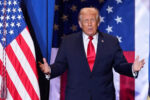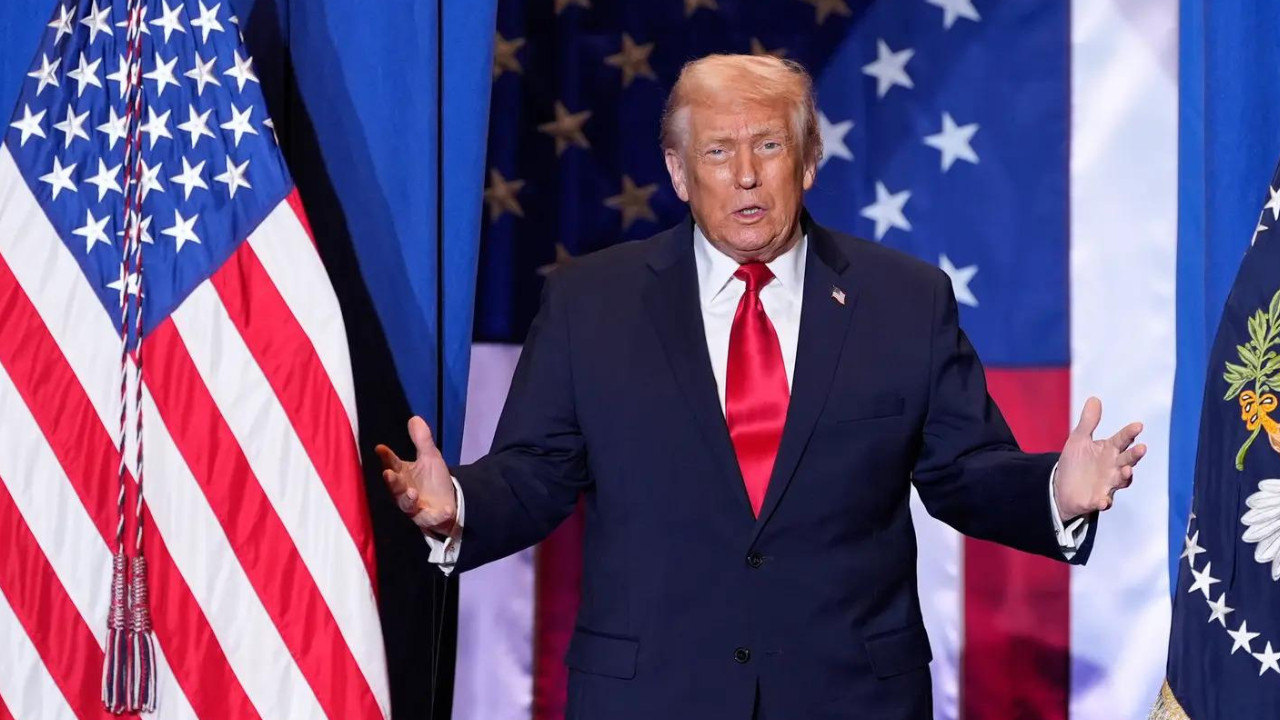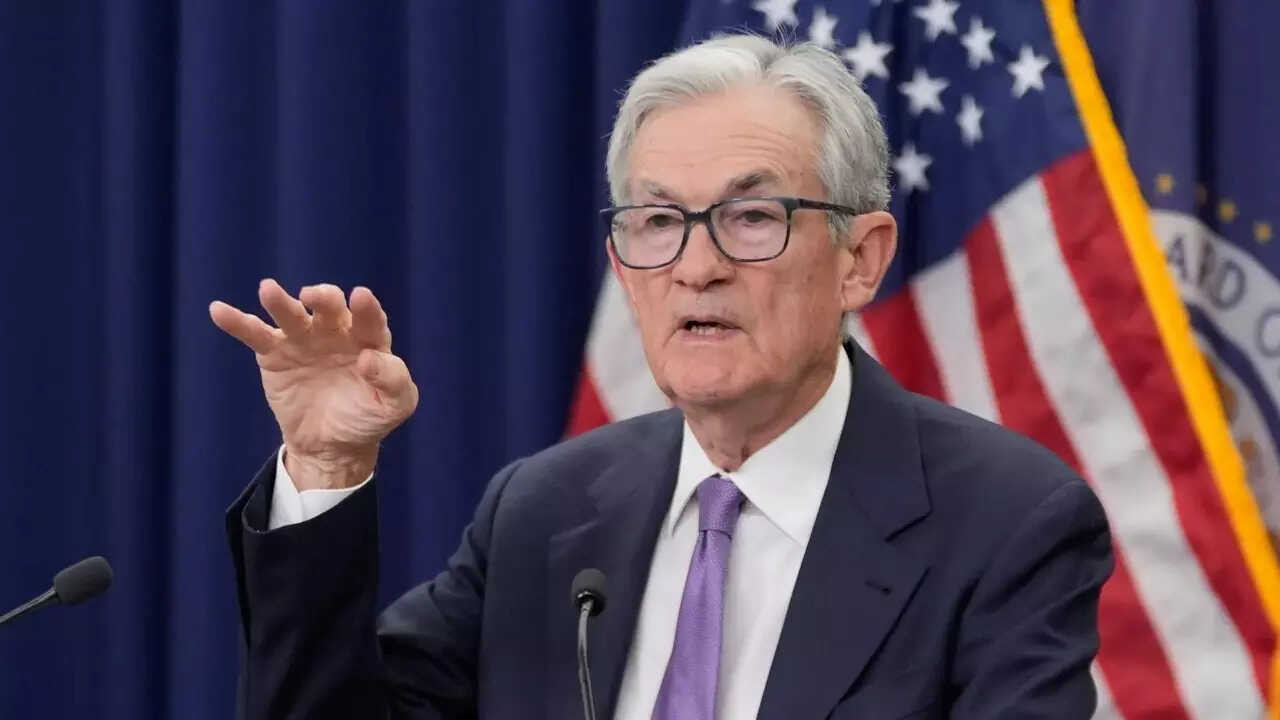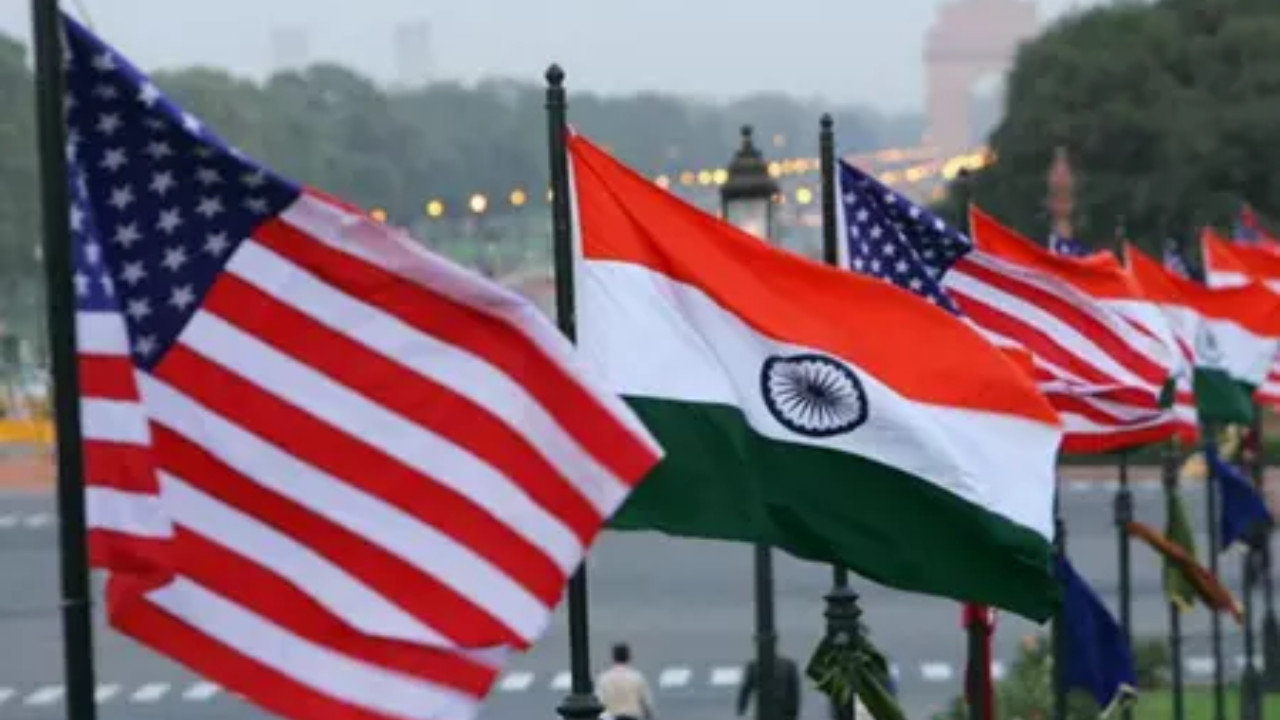India and the UK are poised to sign a free trade agreement, potentially unlocking significant tariff reductions and benefits for service sectors. The UK will grant duty-free access to 99% of Indian goods, boosting exports like textiles and engineering products. India will reduce tariffs on British whisky, cars, and other items.
The UK-India Trade Deal: A New Era of Opportunity
For years, the promise of closer ties between the UK and India has been a tantalizing prospect. Now, with a comprehensive free trade agreement (FTA) seemingly within reach, the potential impact is sending ripples of anticipation through both economies. But who really stands to gain from this ambitious partnership, and what doors might it unlock?
Unlocking Market Access: A Win for Exporters?
One of the most significant aspects of the proposed FTA is the promise of significantly reduced tariffs. Imagine a world where Indian textiles and agricultural products flow more freely into the UK, and where British-made machinery and cutting-edge technology find a more welcoming market in India. This is the vision driving the negotiations. The potential impact on businesses, particularly small and medium-sized enterprises (SMEs) could be transformative. For Indian manufacturers, the UK becomes a more accessible gateway to Europe. For British companies, the burgeoning Indian market, with its rapidly growing middle class, represents an almost unparalleled opportunity for expansion.
But it’s not just about goods. The FTA also seeks to liberalize trade in services. This means easing restrictions on professionals – think lawyers, engineers, and IT specialists – working across borders. Picture this: Indian tech wizards collaborating with British financial institutions to develop groundbreaking fintech solutions, or UK architects lending their expertise to India’s ambitious infrastructure projects. The possibilities are vast.
Creating Jobs on Both Sides of the Globe
Beyond the immediate impact on trade volumes, the FTA is expected to be a catalyst for job creation. Increased investment flows, driven by greater certainty and reduced trade barriers, are likely to fuel economic growth in both countries. This growth, in turn, will translate into new employment opportunities across a range of sectors. The Indian government hopes that more access to the UK will stimulate manufacturing for export, leading to a surge in employment in labor-intensive industries. Likewise, the UK anticipates that increased exports of high-value goods and services to India will support jobs in its advanced manufacturing and technology sectors. This potential for job creation underscores the strategic importance of this deal.

Key Sectors Set to Thrive
While the FTA has broad implications, certain sectors are poised to benefit particularly. Indian textiles, leather goods, and agricultural products are expected to gain a significant competitive edge in the UK market. Conversely, British manufacturers of machinery, automobiles, and pharmaceuticals are hoping to see their exports to India soar. The services sector, encompassing everything from IT and financial services to education and healthcare, is also likely to experience a boom. Imagine British universities partnering with Indian institutions to offer joint degree programs, or UK healthcare providers establishing clinics in India to cater to the growing demand for quality medical services.
Navigating the Challenges Ahead
Of course, the path to a fully realized FTA is not without its hurdles. Issues such as intellectual property rights, data localization, and regulatory alignment need careful negotiation to ensure a level playing field for businesses on both sides. The UK, eager to secure its post-Brexit economic future, may need to balance its ambition with India’s concerns about protecting its domestic industries. One area under close scrutiny is the movement of skilled workers. Finding a mutually agreeable framework that addresses both countries’ needs will be crucial for the long-term success of the agreement. Learn more about the UK’s broader trade strategy.
A Promising Future of UK-India Free Trade
The UK-India free trade agreement represents a bold step towards a deeper and more dynamic economic partnership. While challenges remain, the potential benefits – increased trade, investment, job creation, and closer cultural ties – are too significant to ignore. This agreement isn’t just about reducing tariffs; it’s about forging a new era of collaboration and opportunity between two of the world’s most vibrant economies. Its success will hinge on careful negotiation, mutual understanding, and a shared commitment to creating a truly win-win scenario.







